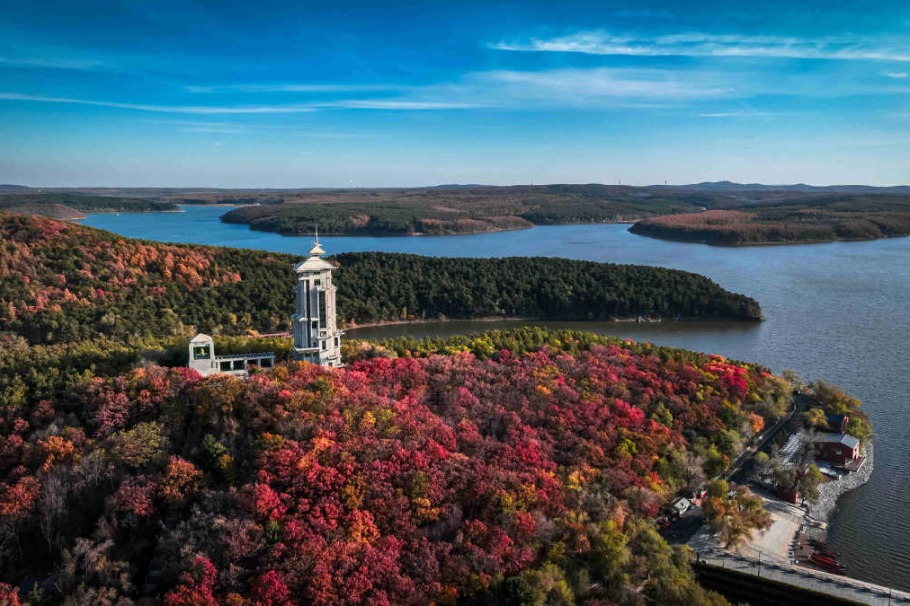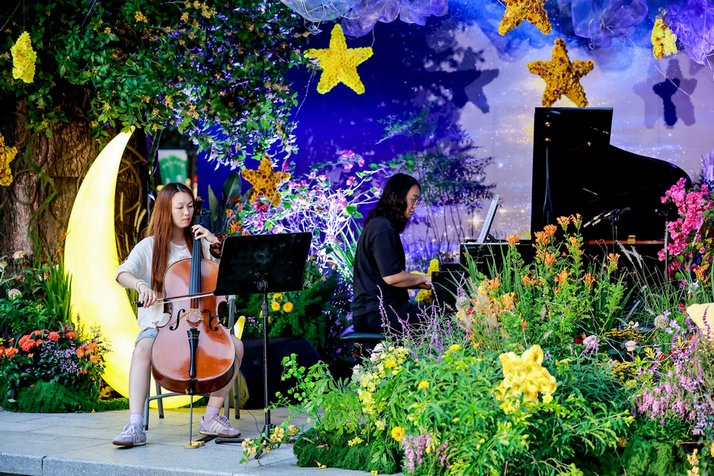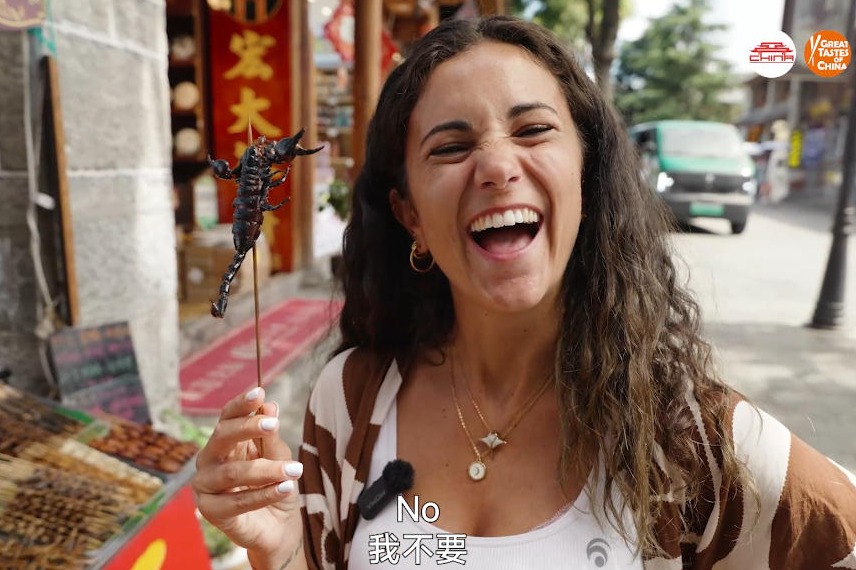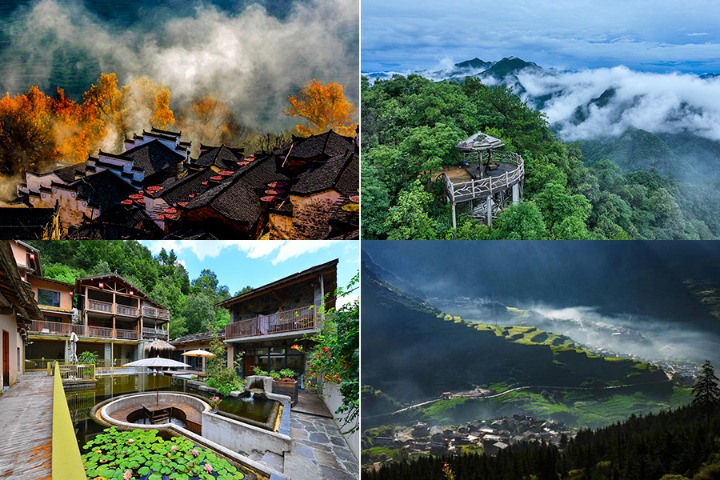A Silk Road pearl shines


Uzbekistan offers much more than a distinct blend of East and West
The modern cities of Uzbekistan, a country steeped in history, sparkle under the bright sun like pearls scattered along the ancient Silk Road thousands of years ago.
Braving the blistering sun and sandblasting winds, Chinese traders began arriving in the city of Bukhara during the Han Dynasty (206 BC-AD 220). Some stayed, while others carried on along the Silk Road to explore new markets.
Known as a "shining pearl of the Silk Road", Uzbekistan's fifth-largest city is more than 2,500 years old.
Back when the ancient trading route was well trodden, long caravans traveled to the city from across the globe, lured by the legend of a magical oasis hidden between two deserts.
According to some records, the first caravans appeared on the Silk Road in 138 BC, when China opened its borders for trade. One of the first Chinese envoys to cross what later became Uzbek territory from north to south was Zhang Qian, an envoy of Han Dynasty Emperor Wu (156-87 BC).
Zhang and his companions wrote about three prosperous kingdoms: Bukhara, Fergana and Samarkand. All are now territories of Uzbekistan.
So, if you're intrigued by the ancient Silk Road but don't have the time to travel its length from China to Turkey, you'll find three of the route's most important cities in Uzbekistan-Khiva, Bukhara and Samark were key stop-offs for traders and have all been painstakingly restored to their former glory.
Think glittering minarets, voluptuous domes and mesmerizing mosaics.
With a little planning, you can squeeze them all into a week. But of course, most tourists start their Silk Road adventure from the Uzbek capital, Tashkent.
Genghis Khan destroyed the city for the first time in 1219. It was rebuilt and profited from the Silk Road.
An earthquake ruined Tashkent again in 1966, but it was reborn again as a model Soviet city. Actually, Tashkent became the fourth-largest city in the Soviet Union at the time, after Moscow, Leningrad and Kiev.
Consequently, you'll find a charming mishmash of restored 12th-century mosques and classical Soviet architecture alongside blocky Brutalist buildings and statues of workers with bulging biceps.
The city's heritage sites include the Oq-Tepa District, the Mausoleum of Abubakr Mukhammed Kaffal Chachi, and such museums as the Museum of Applied Arts and the Museum of Fine Arts, which take you back in time.
There's also the World War II Memorial Park and the Defender of the Motherland Cenotaph.
The city is lined with a grid of straight, wide streets and avenues. Its emerald-green parks, gardens and fountains infused with crystal strands are spectacular.
In the sleepy part of the town, one can still spot traditionally clad farmers carting their commodities through a maze of earthen houses, all the way through the bazaar's grinding crowds.
It's impossible to fully comprehend the Silk Road's incredible size and history without understanding its farthest-reaching and most-successful empire-Amir Timur (1336-1405), sometimes known as Tamerlane.
Timur was considered one of the greatest military leaders and tacticians in history. He was an undefeated commander and founded the Timurid Empire (from the 1400s-1600s) in and around modern-day Afghanistan, Iran and Central Asia.
It is worth mentioning that Timur is also the great-great-great-grandfather of Babur, founder of the Mughal Empire, which then ruled almost all the Indian subcontinent.
When you talk with any Uzbek about the undoubted hero of their nation, you will feel the honor and respect in their hearts. You'll see his face on everything from hotel-lobby paintings and banknotes to candy packages.
A 30-minute walk in the Amir Timur Museum in the capital's downtown helps you learn more about the country.


































